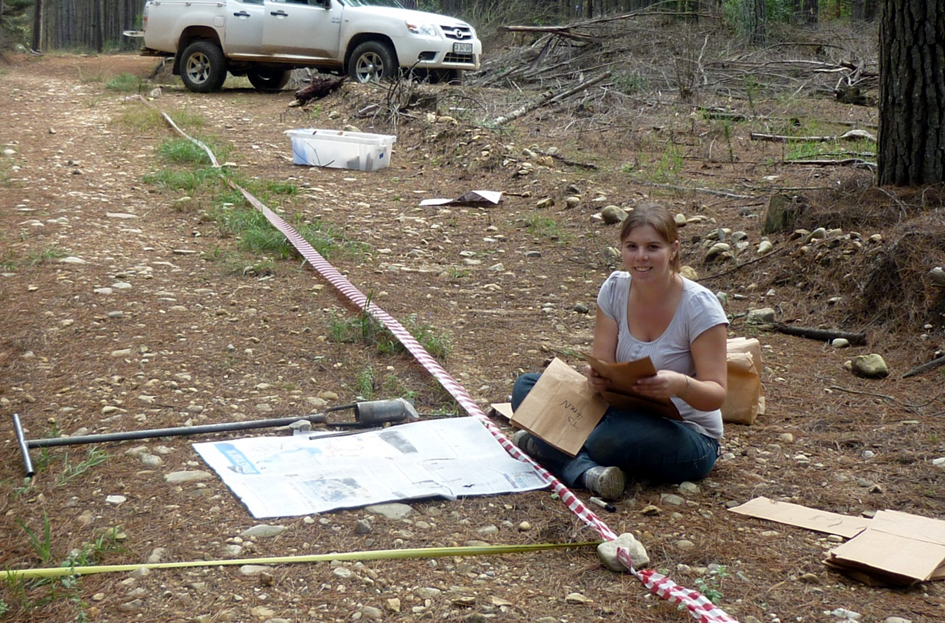Multi-scale predictive maps can help us manage tree invaders
Eradication of invasive alien plants requires that all populations of the plants have been found and every plant removed. This entails intensive searching, which often comes at a great expense. Maps that show where species are likely to occur are useful for guiding searches, and may reduce the costs and increase the success of eradication operations. Such maps are based on models that explore the links between plant distributions and climatic factors in order to predict where the plants might occur.


